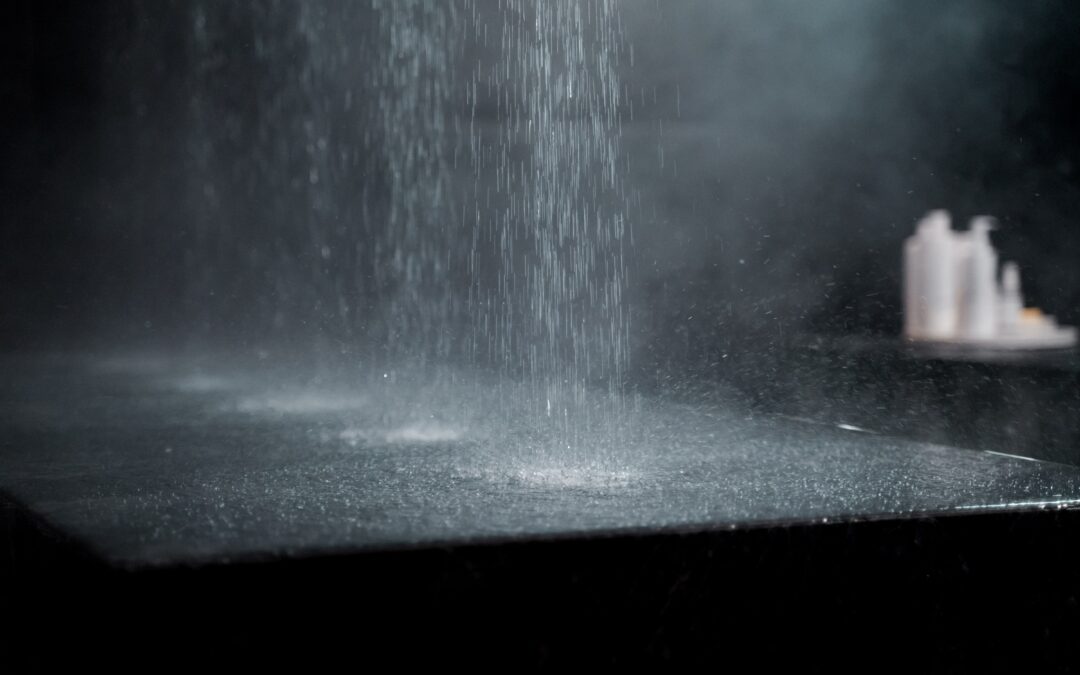Waterproofing is required when undertaking any renovations or new construction in wet areas of your home, particularly main bathrooms, powder rooms and ensuites. Correct waterproofing is essential to avoid damage, such as rising damp, mould or corrosion of plumbing that affects the structural integrity of your home.
In this piece, we will look at how waterproofing services, such as those from Canberra Plumbing and Drains, are essential for the integrity of your wet area and are a requirement of ACTPLA (ACT Planning & Land Authority).
The Purpose of Waterproofing in Your Home
When you obtain waterproofing services for your bathroom alterations and other wet areas, it is the process of adding a physical barrier between the floor and walls to prevent water and moisture from penetrating the structure of your house. A professional crew undertakes the process before laying tiles as a measure to avoid expensive damage in the future.
These construction solutions are used in bathrooms to enable continued use of the areas. It also prevents moisture penetration in the laundries and is used as external waterproofing on balconies.
Waterproofing Standards in Australia
Australian standards are in place to certify what practices, tools, materials and techniques are safe to provide long-term protection for your bathroom or other wet areas throughout your house. These standards ensure that a waterproofer offers a reliable and consistent approach to their waterproofing services.
Without following these guidelines, your build won’t meet the code and will not get signed off as a habitable space in your home. Some of the minimum standards required include the following:
- The entire bathroom floor on a second story or higher must be fully waterproofed
- Waterproofing by at least 150mm for the walls inside the shower
- A step into a bathroom floor must undergo waterproofing by at least 100mm
- Full floor waterproofing within the shower area is essential
These guidelines aren’t in place as advice – they must be adhered to for your protection.
Signs Your Waterproofing Systems Don’t Meet Building Code
There are sure signs that the waterproofing of your bathroom doesn’t meet the relevant Australian building codes. The poor application is evident when you experience the following:
- Water damage to timber structures
- Dropping water or seepage around the shower or walls and floors
- Tile movement
- Mildew and mould growth.
If you’re experiencing this, our Canberra plumbing team can easily repair the inadequate waterproofing application.
Tools & Materials Used in Waterproofing Canberra
A team of professionals who deliver waterproofing systems complete quality work by using specific tools and materials, such as:
- Silicone
- Primer
- Waterproofing agent
- Waterproof membrane
- Silicone gun
- Masking tape
- Paint scraper
- Roller
- Spirit level
- And more
A Step-by-Step Guide to a Waterproofing Job
When you engage in waterproofing services from a reputable business, you can expect the Canberra crew to follow a process similar or the same as the following steps to ensure consistent and professional results:
Step 1: Clean the Floor
A clean surface is essential for the waterproofing membrane to adhere to the walls and floor well. A vacuum, broom, or dustpan will remove any unwanted dirt and dust and ensure the surface is ready for the next step.
Step 2: Apply a Primer
We then apply a primer to the floor and up to 20-30cm of the wall. The best strategy is starting at the back corner and working outwards until the area is complete.
Step 3: Fill the Gaps
Once the primer is dry, we apply silicone between the wall and the floor, around the shower base, and near the vanity and shower to fill the gaps. Before adding any new silicone, we remove old filling using a paint scraper or a similar tool.
Step 4: Masking Tape the Area
Before applying any waterproofing agent, the bathroom needs masking tape applied to the edges, just as you would when painting the area.
Step 5: Apply the Waterproofing Agent
Using a roller or a brush, we apply the waterproofing agent to the corners and wall, ensuring that we thoroughly coat it.
Step 6: Add Waterproofing Membrane
Before adding the remainder of the agent, waterproofing requirements include adding a membrane to the cracks in the floor. We can cut it to size, and the remainder of the agent will help stick it down.
Step 7: Apply the Agent to the Floor
Once the membrane and waterproofing agent are dry, we cover the entire floor with the remaining waterproof agent and wait for that to dry, too.
Step 8: Add a Second Coat
After 24 hours, we can apply a second coat of the agent over the top of the first and leave it to cure before any tiling occurs.
Ask Canberra Plumbing and Drains About Waterproofing Services
If you’re looking for professional waterproofing in Canberra for your residential or commercial property, you can rely on us to deliver this service in a timely manner. It’s a fundamental process for renovating or building wet areas from scratch to protect the structural elements of your home.
Waterproofing solutions should always be undertaken by a professional business and always in compliance with Australian standards. At Canberra Plumbing and Drains, we take pride in adhering to recommended and legal guidelines, so we know our work is long-lasting and completed to the highest standard possible.
Water damage is a costly failure. Save money long-term by ensuring your residential or commercial property in Canberra is waterproofed the right way by contacting our crew. Ask us how we can transform your wet areas correctly today.


Recent Comments